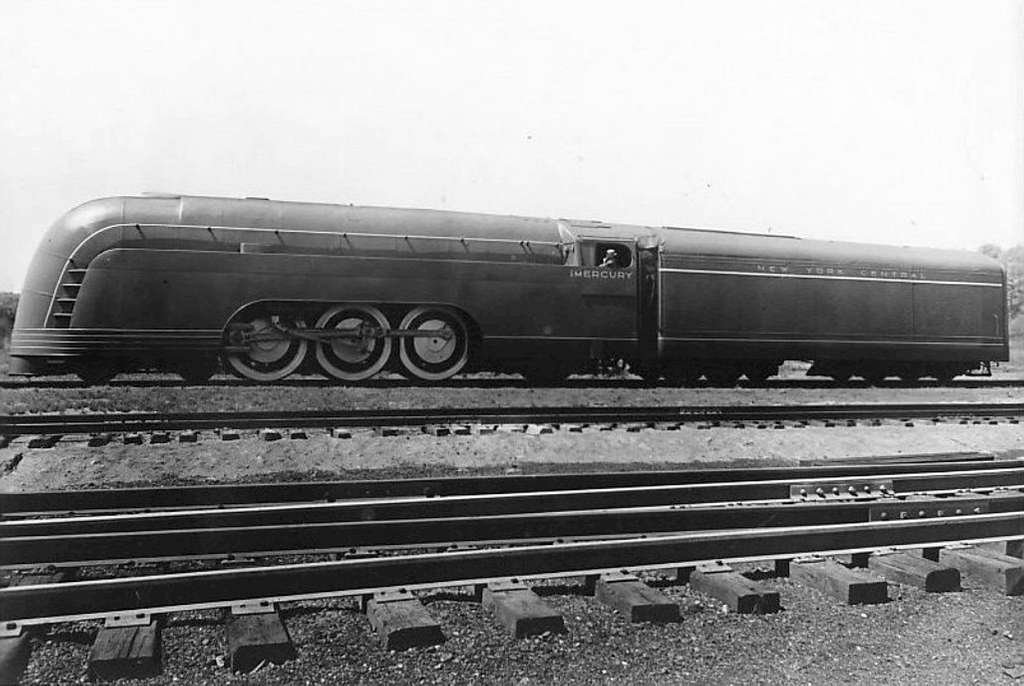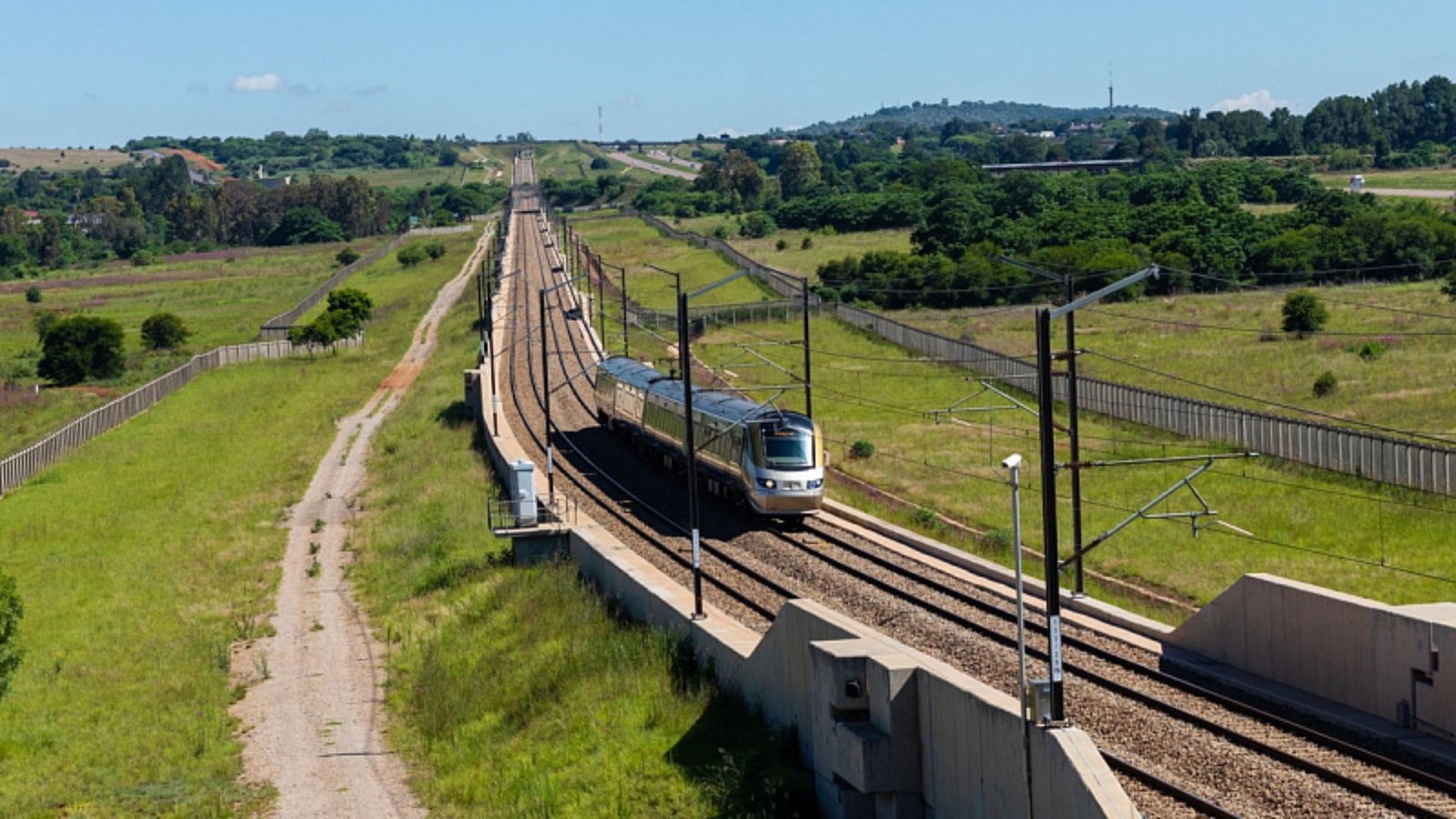The evolution of railroad technology has played a crucial role in shaping the world we live in today. From the early days of steam-powered engines to the modern high-speed trains, rail systems have constantly advanced. This technology has connected people, goods, and countries, making transportation faster and more efficient.
The Early Days of Railroads
In the beginning, the evolution of railroad technology was simple. The first trains were powered by steam engines. In the early 19th century, George Stephenson built the first successful steam locomotive. These trains were slow but effective, moving coal and passengers over long distances. Railroads quickly grew in popularity because they could carry large amounts of goods and people more quickly than horses.
The Introduction of Electric Trains
As time went on, the evolution of railroad technology continued. In the late 19th and early 20th centuries, electric trains were introduced. These trains were faster, more reliable, and cleaner than steam-powered trains. The introduction of electricity in railroads allowed for faster speeds and better efficiency, especially in cities where trains had to travel quickly over short distances.
By the mid-20th century, trains like the famous bullet trains in Japan were introduced. These high-speed trains used advanced technology to travel at incredible speeds, connecting large cities in record times. This was a major milestone in the evolution of railroad technology, as it showed just how much rail systems could improve.

Modern Railroad Technology
Today, the evolution of railroad technology continues to progress with innovations such as magnetic levitation (maglev) trains. Maglev trains use powerful magnets to lift and propel the train along the track, eliminating friction. This technology allows trains to reach speeds that were once thought impossible. In some countries, these maglev trains are already operational, providing incredibly fast transportation.
Another significant development is the introduction of automated and smart rail systems. These systems use sensors and artificial intelligence (AI) to monitor the condition of the tracks, improve safety, and optimize train schedules. With these advancements, trains can run more efficiently and with fewer delays, benefiting both passengers and freight companies.
The Future of Railroad Technology
Looking ahead, the evolution of railroad technology will likely focus on sustainability. Many new trains are being designed to run on renewable energy sources, like electricity from solar or wind power. This will reduce the carbon footprint of rail transport, making it even more environmentally friendly. Moreover, autonomous trains could become a common sight in the near future, eliminating the need for human operators in some cases.
Another exciting development is the possibility of hyperloop technology, which could revolutionize travel even further. Hyperloop uses vacuum tubes and magnetic levitation to send capsules at speeds faster than traditional trains or planes. This is still in the testing phase, but it could become a reality in the future, offering faster and cheaper ways to travel long distances.
In a world where entertainment and gaming are popular, many find it exciting to relax with a game after learning about technological advancements like the evolution of railroad technology. For example, you can enjoy gambling360 live dealer games online while exploring these innovative ideas.
Connecting Rail Enthusiasts Worldwide
RailChat offers discussions, news, and resources for railway hobbyists and professionals. Share experiences and learn from experts in the field. Join the conversation via Jackpotjill Online Casino. Stay engaged with the latest rail industry updates and community insights.
Connecting Rail Enthusiasts and Industry Experts
RailChat.com offers a platform for rail professionals and enthusiasts to share knowledge, updates, and innovations in the transport sector. The community thrives on passion and collaboration. In the same way, best usa online casino bonuses reviewed by casinous connect players with trusted offers and transparent gaming opportunities.
Conclusion
The evolution of railroad technology has come a long way. From steam engines to high-speed trains, rail systems have continued to improve. Today, trains are faster, more efficient, and environmentally friendly. The future looks bright with new technologies like maglev and hyperloop on the horizon. As the world continues to evolve, railroad technology will play a big part in shaping the way we travel.




